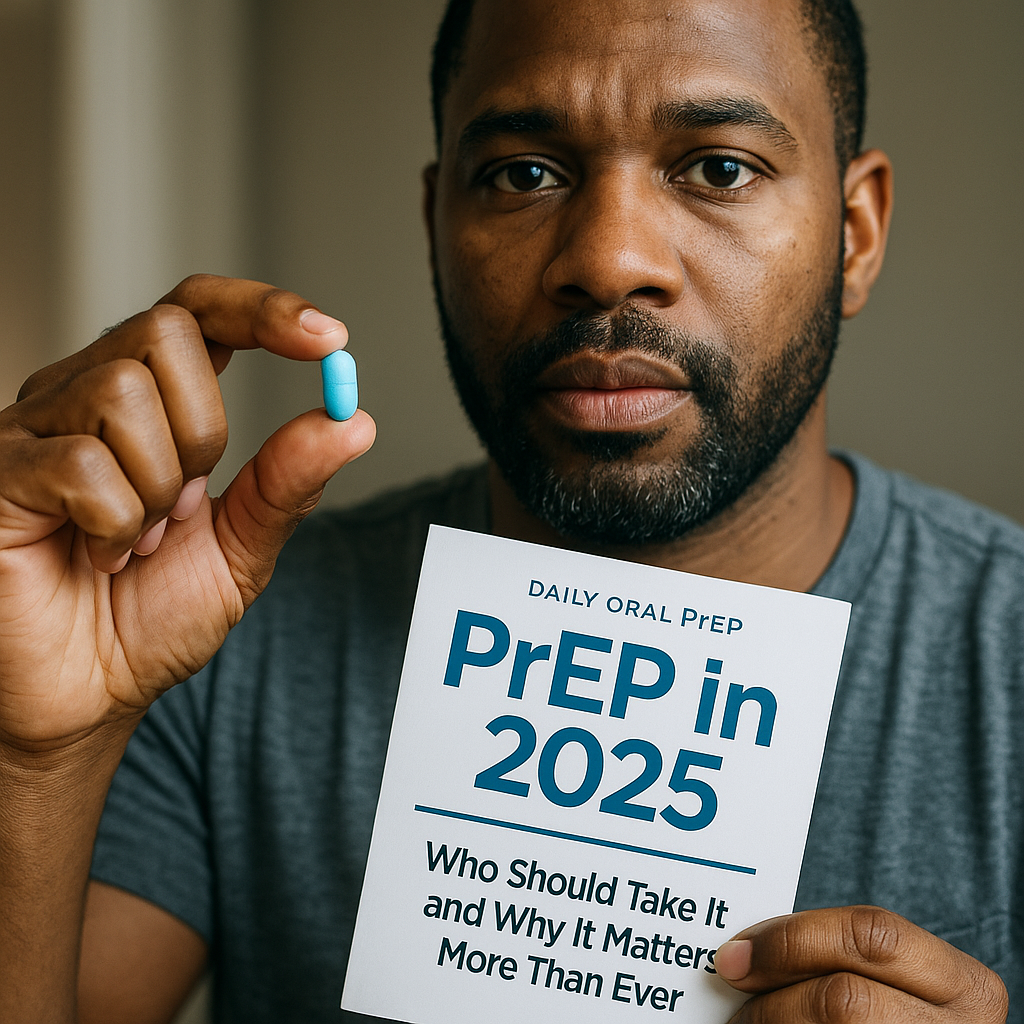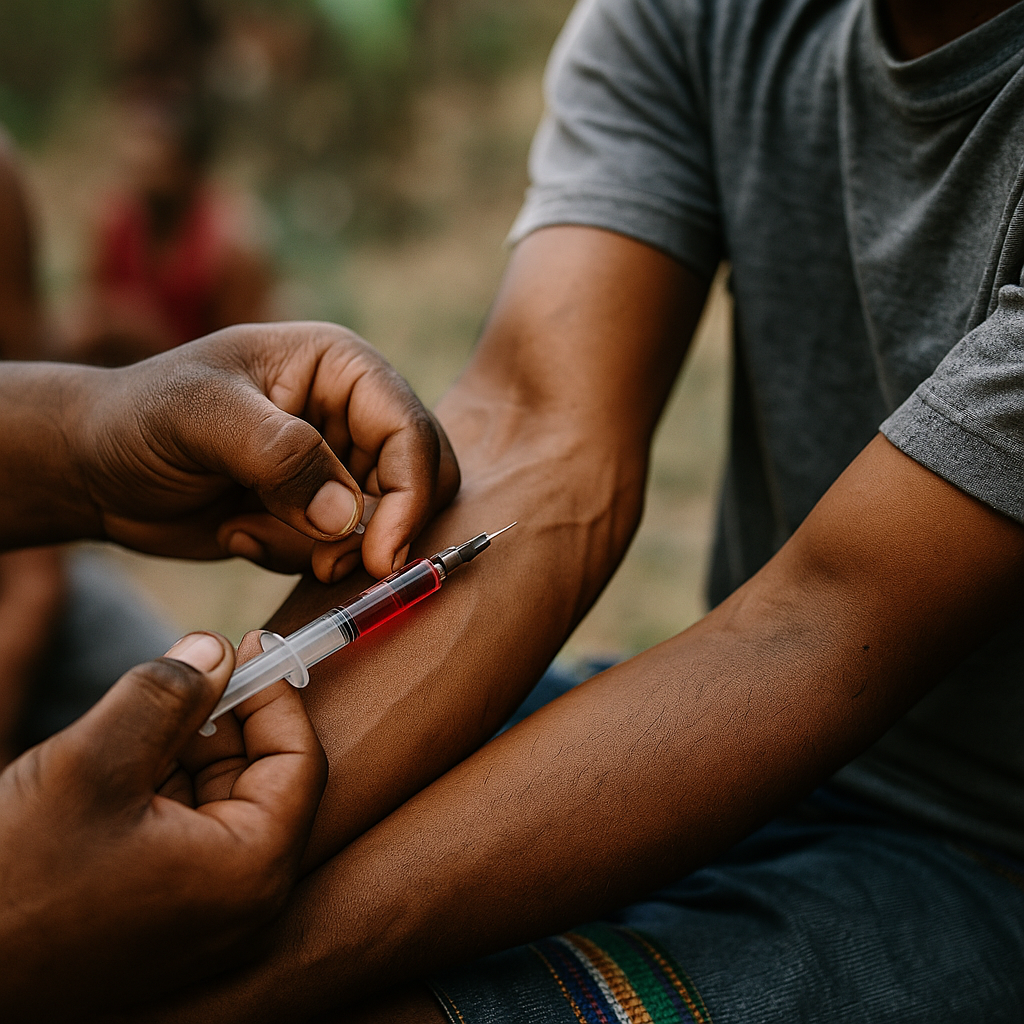Introduction
2025 HIV innovations are ushering in a new era of HIV prevention and treatment. What if managing HIV meant just two shots per year instead of daily pills? With game‑changing tools like long‑acting injections, cutting‑edge gene therapies, and novel vaccines, the field is rapidly evolving to deliver smarter, simpler care.
Table of Contents
- Advances in long‑acting injectables
- Gene and RNA‑based cure research
- Vaccine breakthroughs and immune targeting
- Global access challenges and digital tools
- Conclusion
- FAQ
Advances in long‑acting injectables
A major milestone in 2025 is the FDA approval of lenacapavir (branded as Yeztugo) for HIV prevention via just two injections per year. In clinical trials, efficacy reached nearly 100% among men who have sex with men and cisgender women. Bonded by global licensing agreements, Gilead has arranged royalty‑free manufacturing in over 120 countries, although upfront costs and distribution barriers remain significant. At IAS 2025 in Kigali, WHO issued new guidelines endorsing lenacapavir injection, while Merck’s cabotegravir and rilpivirine combination (Cabenuva/Apretude) continues its rollout with monthly or bi‑monthly dosing.
Gene and RNA‑based cure research
Innovation has expanded beyond prevention to research aimed at eliminating the reservoir of latent HIV. Excision BioTherapeutics is pushing forward with its CRISPR‑Cas9 therapy EBT‑101, now in phase 1/2 trials to excise integrated HIV DNA from host cells. Meanwhile, a breakthrough from Australia’s Peter Doherty Institute introduced lipid nanoparticle LNP X, which delivers mRNA into hidden HIV‑infected white blood cells, exposing the latent virus to immune clearance—a feat once thought impossible.
Vaccine breakthroughs and immune targeting
Several experimental HIV vaccines showed promise in early human trials. One study reported that vaccines delivering cell‑bound trimer proteins induced neutralizing antibodies in 80% of participants—far surpassing the 4% achieved with floating trimer versions. Additional trials using germline targeting strategies with Moderna’s mRNA nanoparticles succeeded in priming naïve B cells to eventually produce broadly neutralizing antibodies (bnAbs), signaling progress toward a preventive HIV vaccine.
Global access challenges and digital tools
While technical progress is impressive, systemic barriers persist. UNAIDS 2025 Global AIDS Update warns that historic funding crises threaten progress unless global HIV programming adapts urgently. In the U.S., federal aid disruptions delayed PEPFAR programs, slowing PrEP and ART expansion in countries like Zambia. To mitigate access gaps, digital tools and telehealth platforms are increasingly integrated into care pipelines; smartphone apps now support adherence, appointment scheduling, and remote counseling—especially vital in areas with limited clinical access.
Conclusion
In 2025, HIV innovations—from twice‑yearly injections and smart vaccines to gene‑editing therapies—are transforming treatment and prevention. Yet technology alone won’t end the epidemic unless paired with equitable access, global funding, and political will. By bridging science and real‑world delivery, we can move closer to a future free of HIV.
FAQs
What is lenacapavir and why is it important?
Lenacapavir is a long‑acting injectable capsid inhibitor approved for HIV prevention in June 2025. It offers near‑perfect efficacy with only two shots per year, reducing pill burden and improving adherence.
Are any HIV cures available yet?
No cure currently exists. However, gene-editing efforts like EBT‑101, RNA‑based latency targeting, and therapeutic vaccine strategies offer promising paths toward future functional or sterilizing cures.
Is an HIV vaccine available now?
Not yet. But trials using germline targeting and trimer‑based immunogens have successfully activated bnAb-producing B cells, marking a major stride toward eventual vaccine development.
What major barriers remain to innovation impact?
Funding disruptions, political headwinds, and infrastructure gaps, especially in low‑resource settings, threaten the deployment of new tools. Global collaboration and equitable distribution strategies are critical.
How are digital tools helping HIV care in 2025?
Smartphone apps and telehealth services enable virtual consultations, reminders, lab tracking, and prescription management, empowering patients even with limited in‑person access.
This content is not medical advice. For any health issues, always consult a healthcare professional. In an emergency, call 911 or your local emergency services.




